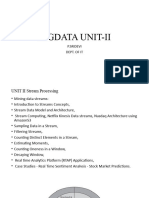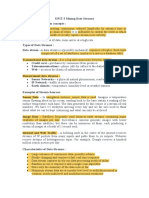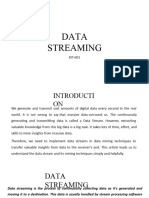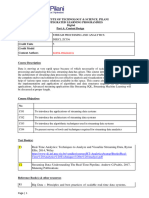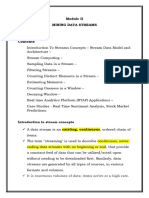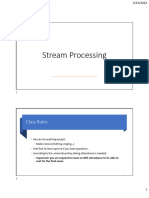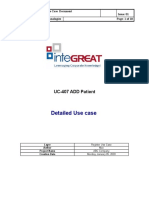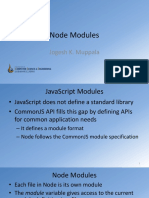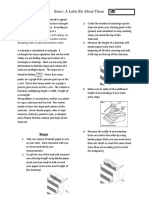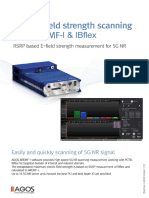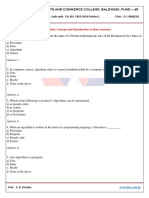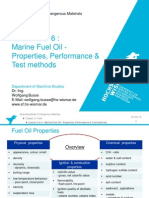0% found this document useful (0 votes)
34 views33 pagesStreaming Data
The document discusses data stream processing architectures, specifically Lambda, Kappa, and Delta architectures. Lambda architecture separates batch and real-time processing into three layers, while Kappa simplifies this by using a single stream processing pipeline for both. The choice of architecture depends on the specific needs of the application, considering factors like complexity and performance.
Uploaded by
Muneeba KaleemCopyright
© © All Rights Reserved
We take content rights seriously. If you suspect this is your content, claim it here.
Available Formats
Download as PDF, TXT or read online on Scribd
0% found this document useful (0 votes)
34 views33 pagesStreaming Data
The document discusses data stream processing architectures, specifically Lambda, Kappa, and Delta architectures. Lambda architecture separates batch and real-time processing into three layers, while Kappa simplifies this by using a single stream processing pipeline for both. The choice of architecture depends on the specific needs of the application, considering factors like complexity and performance.
Uploaded by
Muneeba KaleemCopyright
© © All Rights Reserved
We take content rights seriously. If you suspect this is your content, claim it here.
Available Formats
Download as PDF, TXT or read online on Scribd
/ 33
